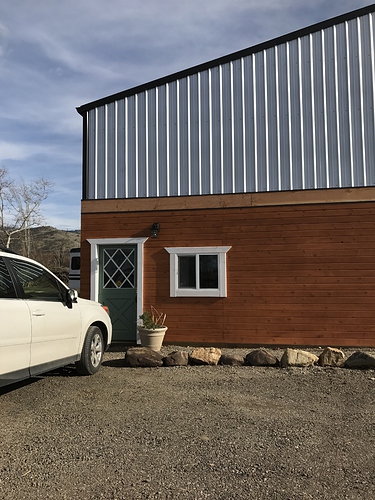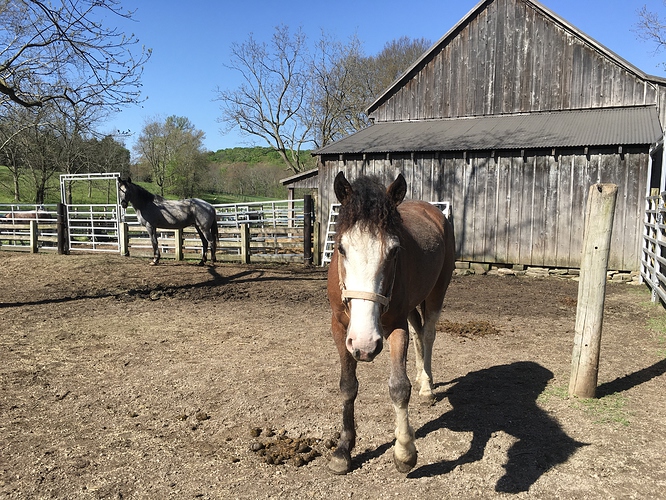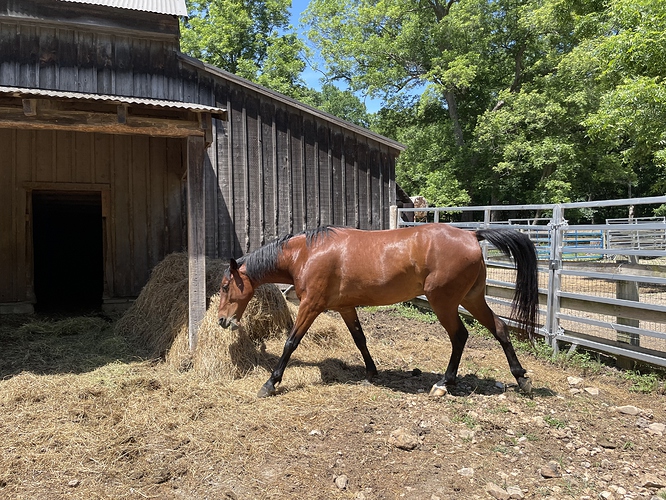@JB I imagine that, like plywood, not all T1-11 is the same quality.
@clanter just how much does that hardiboard cost? Under or over $20k to outfit a 34 x 48 ft barn with a loft? Do the horses chew on the exposed edge at all? I’m not opposed to siding the barn like a house, but the thought of paying for that and then having the horses gnaw on it… 
 I can’t limit horse exposure to the siding, so whatever we put up has to be able to withstand that. Not like they chew on it now, but you just know if I sink a bunch of dollars into it they will.
I can’t limit horse exposure to the siding, so whatever we put up has to be able to withstand that. Not like they chew on it now, but you just know if I sink a bunch of dollars into it they will.
@fourfillies sounds like we’re in about the same boat! I’m just so meh on putting up another panel product, and it looks like SmartSide is one of those? My T1-11 is most crappy looking at the edges of the panels and signing up for that again…sigh. I think upgrading to a different type of product is worth it if only for that! Do you noticed the same thing on your barn?
@Arlomine your T&G is loooooovely. Do you have horses up against it? We did a bunch of T&G in my last barn (then moved, sigh) and from what I can recall, the horses left it alone. Has that been your experience? How often do you have to restain? Did you consider any other products, why did this one win out? It’s really lovely, I’m not sure I would’ve thought about doing metal above and the wood below!





